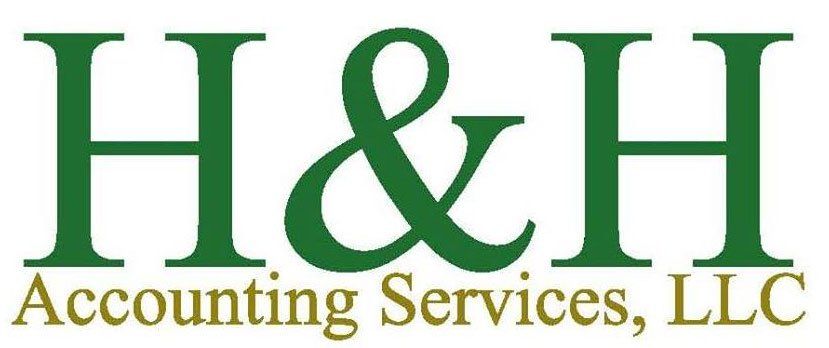How to Balance Business Debt and Cash Flow Heading Into the New Year

For many Arizona business owners, the final quarter of the year is both the busiest and most financially demanding time. Holiday sales, increased inventory orders, seasonal staffing and year-end expenses all collide at once. Cash flow becomes stretched, while credit lines, vendor accounts and short-term loans are pushed to their limits.
Managing this balance between business debt and cash flow is critical not just for surviving Q4 but for setting up a stable start to 2026. Strong sales numbers mean little if your company’s liquidity can’t support operations until customer payments arrive. The key is timing and understanding when money goes out, when it comes in and how debt fits into that equation.
Understand Your Short-Term Liabilities
Short-term liabilities, such as vendor payables, credit card balances and current portions of long-term loans, often expand in the fourth quarter. Retailers, distributors and manufacturers that need to stock inventory ahead of holiday demand face the biggest strain. The challenge is that expenses hit long before the corresponding revenue does.
Businesses that want to get a better handle on their debt to cash flow balance this holiday season can start by creating a list of all short-term obligations due within 90 days. This should include:
- Supplier invoices and vendor payables
- Payroll obligations and related taxes
- Rent and utilities
- Credit card balances
- Principal and interest payments on loans due in the next quarter
Even though you can’t generate a 100% accurate estimate for future months, you can formulate an estimate based on previous Q4s and adjust for your business’s performance so far in the current year.
If your accounts payable are rising faster than receivables, it may be time to restructure payment terms with suppliers. Many vendors will extend net-30 terms to net-45 or net-60 for reliable customers, especially if it helps secure future business.
Manage Vendor Relationships Strategically
Strong vendor relationships are an overlooked asset during cash flow crunches. Open communication and consistency can often buy flexibility when you need it most.
If you anticipate delays in payment, reach out before invoices become overdue. Vendors appreciate transparency, and many will offer temporary extensions or split-payment arrangements for trusted clients.
Likewise, taking advantage of early-payment discounts when cash allows can strengthen relationships and save money over time.
Consider diversifying your supplier base as well. Relying on a single source for critical inventory increases risk and limits negotiating power. Having multiple relationships can improve terms, pricing and delivery reliability, especially when cash flow is tight and timing is critical.
Evaluate Your Debt Service Ratios
Debt service ratios are a simple but powerful measure of how comfortably your business can cover loan payments from operating income. The most common formula is Net Operating Income divided by Total Debt Service. This shows how many times over you can pay your debt obligations.
A debt service coverage ratio (DSCR) above 1.25 is generally considered healthy. That means for every $1.00 in loan payments, your business generates $1.25 in income. If your DSCR is below 1.0, you’re operating at a shortfall, meaning debt payments are exceeding cash inflow.
Heading into the new year, review your DSCR. If it does need adjusting for more sustainable cash flow, consider:
- Reassessing loan structures: Converting short-term, high-interest debt into a longer-term facility can lower monthly payments and improve liquidity.
- Refinancing where possible: If your business credit has improved, refinancing can reduce interest costs.
- Avoiding stacking loans:
Taking multiple short-term advances or merchant cash loans can quickly erode cash flow through overlapping payments and high fees.
- Focusing on working capital optimization: Extend vendor terms where possible, speed up receivables collection and maintain adequate liquidity reserves.
Monitor Inventory and Receivables Together
Businesses that rely heavily on inventory during the holidays face a timing gap. Cash leaves early to fund stock purchases, but payments from customers or retail partners arrive weeks later. To manage that gap effectively, track inventory turnover and receivable collection together.
If inventory is moving more slowly than expected, consider discounts or promotions to accelerate sales before year-end. Holding excess stock ties up capital that could be used to service debt or fund payroll.
Conversely, strong sales paired with delayed receivables can also create cash shortages. In those cases, businesses may want to tighten collection practices, enforce payment terms more aggressively or offer small incentives for early payment.
Partner With Accounting Experts Who Understand Business Cycles in Phoenix, AZ
H&H Accounting Services helps Arizona businesses manage these seasonal challenges with tailored cash flow and debt management plans.
Contact us at (480) 561-5805 to schedule a review of your cash flow strategy before year-end, and start 2026 with the financial stability your business needs to grow.



